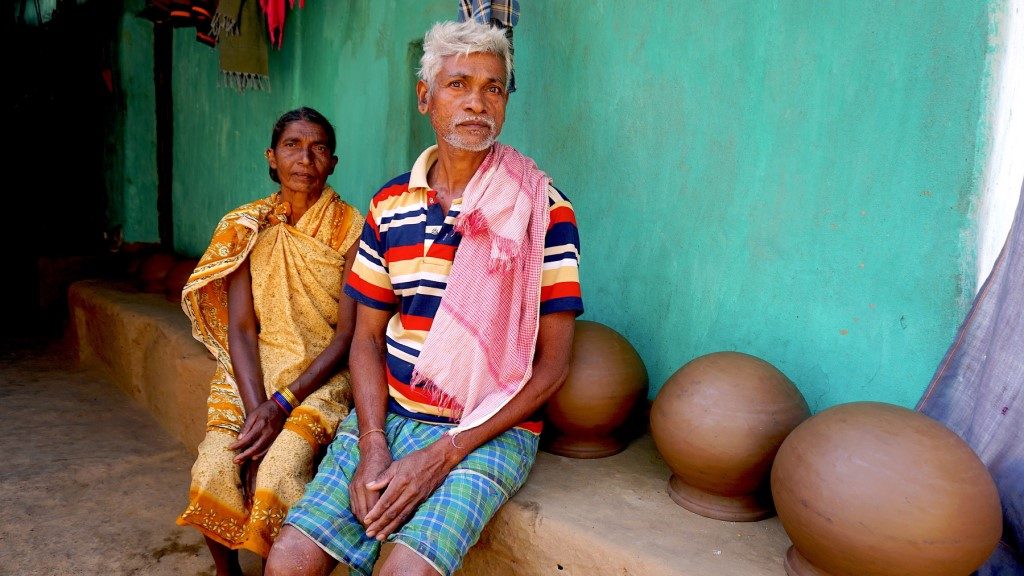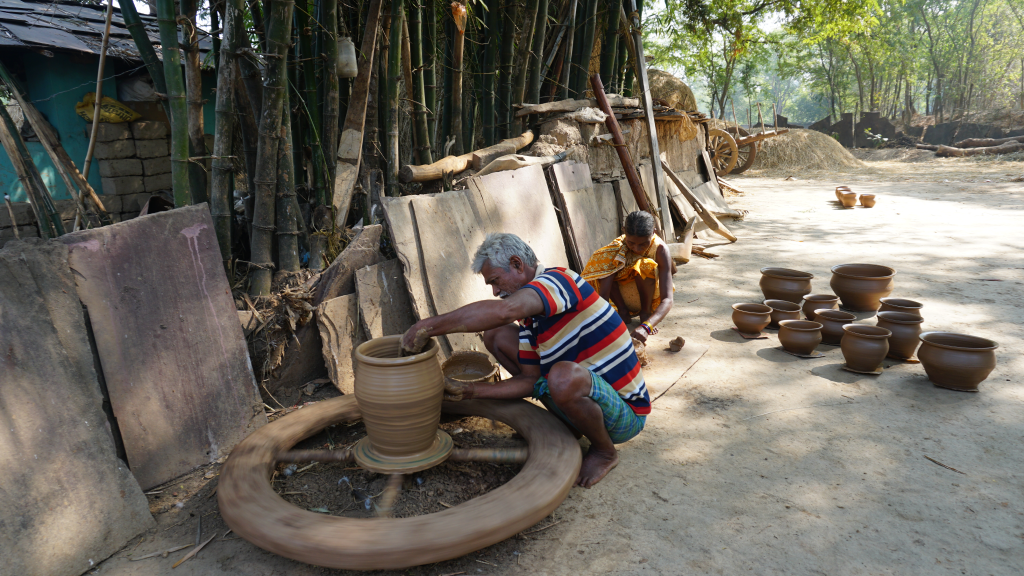Bastar District, central India – Baisakhi Kumkar and her husband, Samaru, were still teenagers when they began chewing tobacco. This three-decade habit seemed impossible to break until a team of health care providers from the nearby Health and Wellness Center (HWC) changed their lifestyle for good.
In this remote area of India – where the Kumkars live in a mud hut with their two young daughters and make ends meet selling their clay ware – accessible, affordable health care can seem like a luxury. You can imagine their surprise, then, when information on a healthier lifestyle was literally brought to their doorstep.
A community health worker came knocking to inform them about the newly established Palwa HWC, just a few kilometers from their hamlet. When she collected their basic health details, including on regularly tobacco use, the community health worker encouraged them to visit the HWC to be further screened.
“Earlier, the health center used to provide services only for mothers and children. It was only recently that we got to know that health services are now provided for the whole community and for different diseases,” Baisakhi said happily.
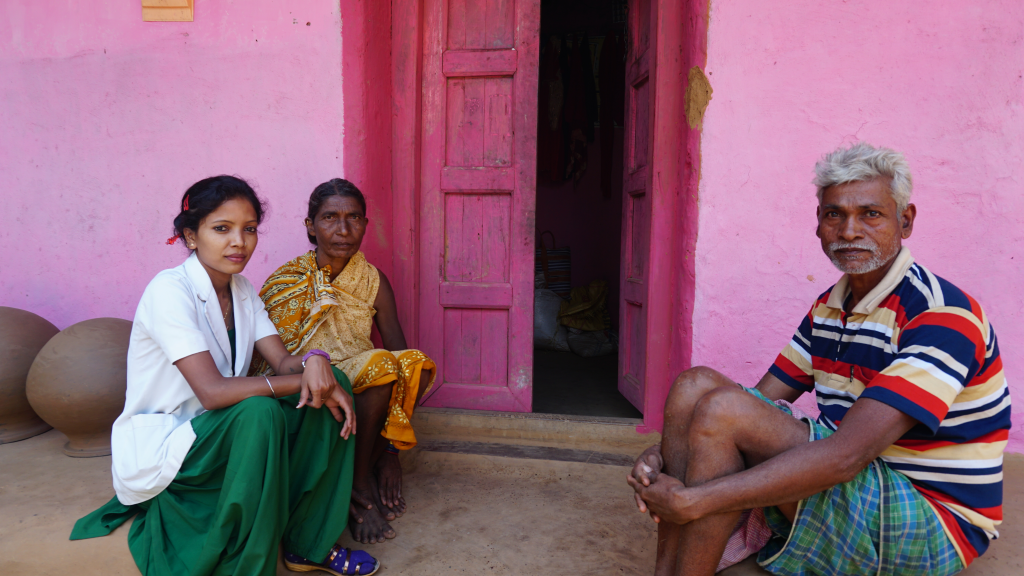
At the HWC, they met Dr. Rajender Kumkar and Babita Kashyap, an MCSP-trained Auxillary Nurse-Midwife (ANM), who screened them for diabetes, hypertension and oral cancer. Kashyap also conducted a breast and cervical cancer screening for Baisakhi, and counseled both husband and wife on quitting tobacco. She stressed that the habit made them susceptible to oral cancer, a life-threatening disease.
“[Kashyap] told us that chewing tobacco causes cancer and that we could also die if we did not quit immediately,” Baisakhi said. “This scared us. Nobody had ever told us that this can cause cancer.”
Quitting a thirty-year habit was not easy, but Kashyap’s discussion was so impactful that neither Baisakhi nor Samaru has touched tobacco since. As they battled cravings, Kashyap advised them to chew anise, a flowering plant, to curb the temptation. Soon the couple was occupied in their daily chores, resisting the temptation to chew, until they got rid of the habit all together.
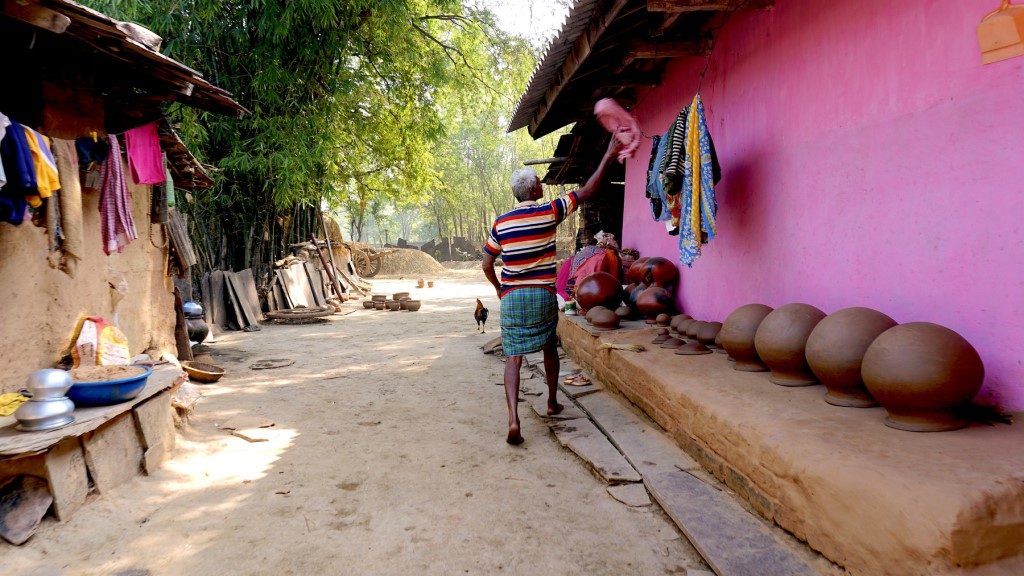
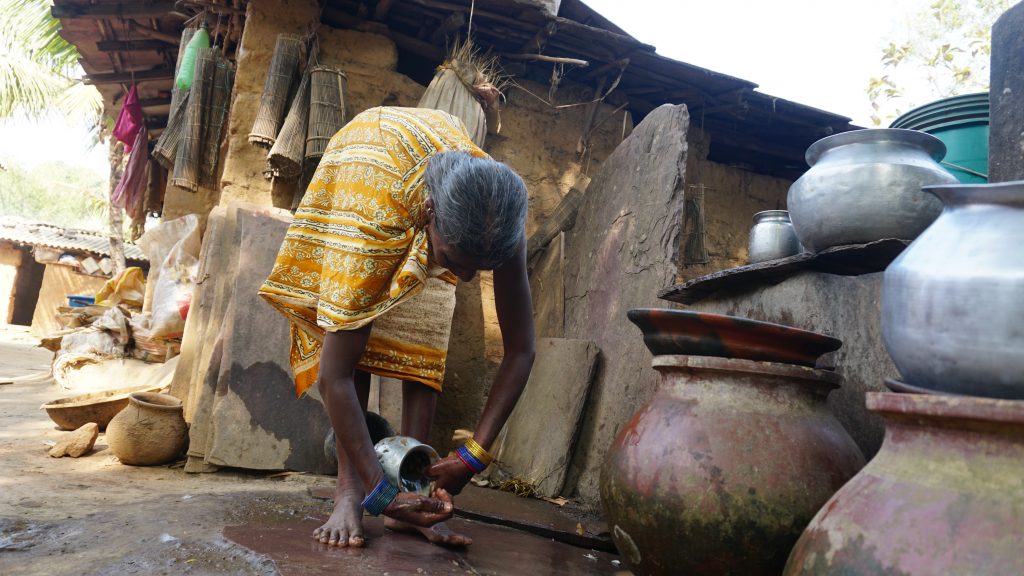
“It is such a huge blessing that care is reaching us despite being surrounded by acres of forest land! People here would not go to a hospital until someone was seriously ill, because it is so far away,” Samaru said. “We would not have been aware of this had [Kashyap] not counseled us that chewing tobacco could be fatal.”
USAID is working to improve access to and quality of basic health services for all, irrespective of age, gender, religion and caste, by strengthening the delivery of comprehensive primary health care services through HWCs in India. This care includes components of non-communicable diseases, and ophthalmic, mental, oral, palliative and geriatric care – going well beyond the existing reproductive, maternal, newborn, child and adolescent health services that are typically offered.
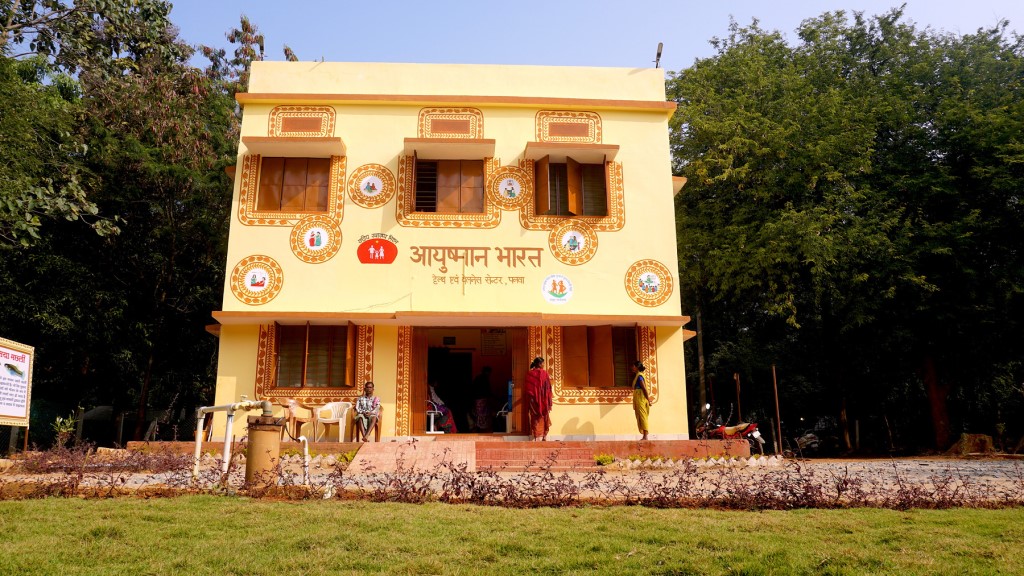
MCSP provides technical support to the state government of Chhattisgarh and 11 others to operationalize the HWCs, which bring comprehensive primary health care services free of cost to even the most remote villages. As a result, health information and services are “reaching the unreached,” and saving lives in marginalized communities.
“Today, everyone is being screened for cancers, which in turn is ensuring early detection,” said Kashyap. “Before, people would only find out when symptoms were visible, and they would seek health care only when [symptoms] worsened due to long distances to the hospital. By then it would be too late to treat them.”
Since the Palwa HWC opened, Kashyap and her team of community health workers has gone door-to-door across three villages to identify high-risk populations. Those found in need of further treatment are referred to the facility; all are counseled on diet and lifestyle modifications.
As for the Kumkars, the couple is now determined to gain control of their health. “We want to live more,” said Baisakhi as she washes clay off her hands. “We still have a daughter who has to get married. Our elder daughter has kids and we want to see our grandchildren grow.”
